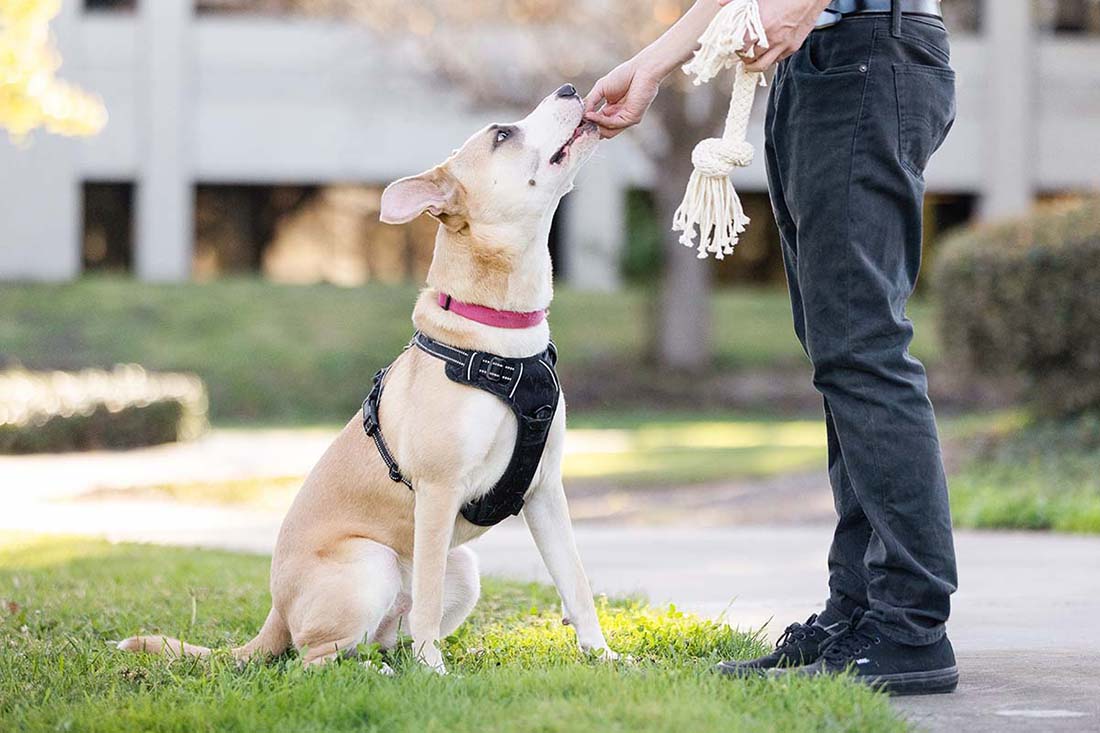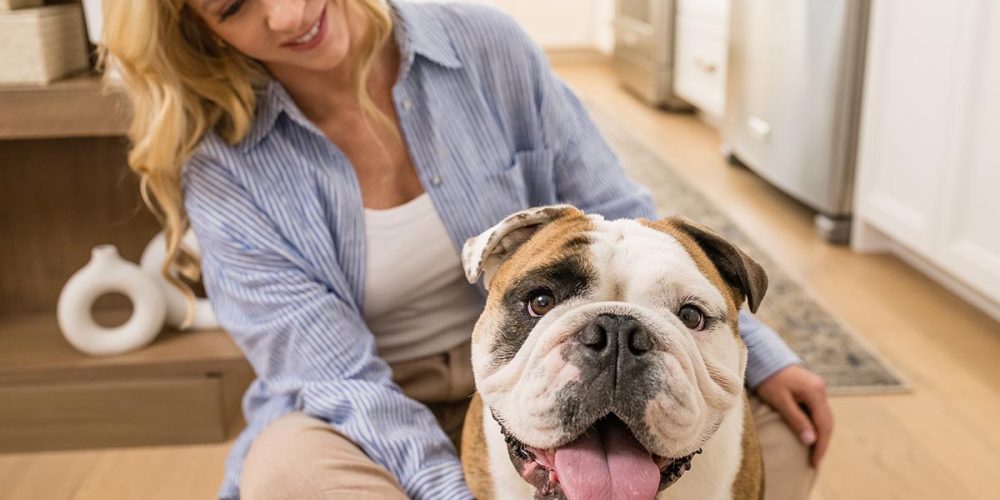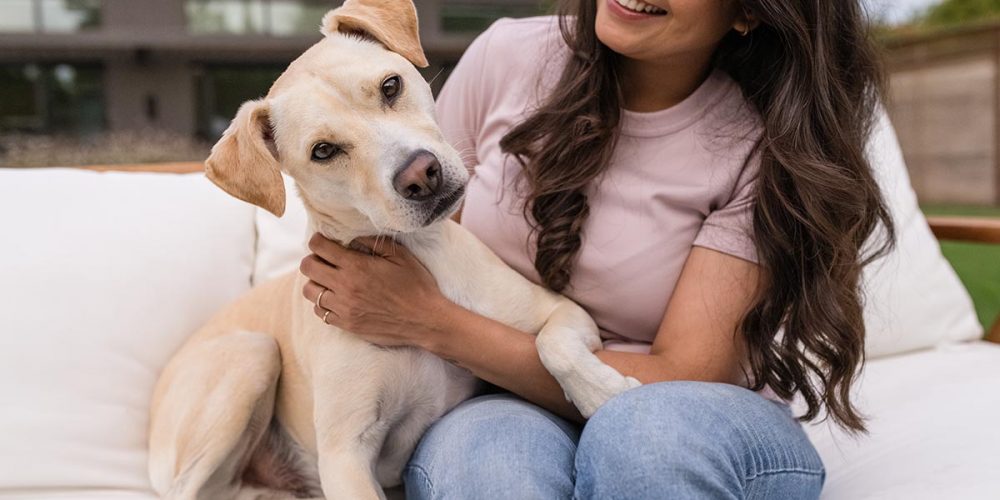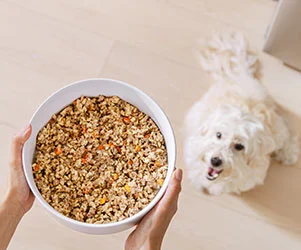Does this sound familiar? You are thrilled that you finally found the world’s healthiest dog food at JustFoodForDogs, however, you have a dog that is prone to being a picky eater. Your dog loves the food now, but you are terrified that he will become bored of it and start being picky (finicky) – because you truly believe what we believe, that dogs should be fed real, balanced, whole food.
Or maybe your dog needs prescription dog food for a medical condition, but you have not been able to get him to stick to one recipe. Perhaps he’s healthy now, but you are worried about what would happen if you ever did need to feed him a special diet.
As long as your dog gets to “choose” what he eats – you’ll be at risk of having to feed him potentially lower-quality food or food that is not necessarily what he should be eating. The best analogy that I use is that of getting a child to eat their veggies and a balanced meal. We make sure children eat their greens because it’s good for them – we don’t let them choose what they eat, or they’d happily eat ice cream and cookies for every meal.
Dogs evolved as opportunistic scavengers that fed off of our discarded food – they have evolved to eat whatever is offered to them and therefore are not finicky by nature. Picky behavior is learned. Unfortunately, in every case of a picky dog – it is us, the pet parent, that has taught (or trained) them to be picky.
The most common cause of picky behavior is offering too many dog treats, too much variety, or changing foods if they ever seem bored or are holding out for something new.
5 Tips for Dogs that are Picky Eaters:
- Eliminate or limit variety if you have a finicky dog. Variety is fine as long as your dog is accepting whatever you put in front of him. However, some dogs become selective when variety is offered to them and will start rejecting foods that they once accepted. If your dog refuses to go back to a previous recipe he loved, then you want to give him limited options.
- Do not “react” immediately if your dog is no longer as enthused with a recipe as before. If you change your dog’s food as soon as he shows a small amount of disinterest – you will quickly train him to be picky. He’ll learn that rejecting food gets him new options and he’ll start rejecting food simply to see what’s next on the menu.
- Eliminate or limit treats if your dog is being picky. Just like a child doesn’t get dessert if he doesn’t finish his meal – we shouldn’t expect your dog to want its food if it had treats all day. Step 4 will only work if no treats are given in between meals – no treats at all. Long term, limit treats so that you don’t promote “holding out” for treats.
- Feed on a schedule and set the food out for 30-45 minutes, if it’s not eaten during that time – take it away. Put down a fresh batch at the next feeding time –most dogs do well with twice-daily feedings, 8-10 hours apart. Your dog will beg for treats during this time but remember Step 3 – no treats unless he’s eating his food, and then only limited. Resist the temptation to add anything to the food – remember – you are training him, not the other way around.
- Stick to one or two options he likes best, and avoid introducing new recipes. If you do and your dog rejects his next (regular) meal – go back to step 1 and follow the plan above. Feed only one recipe (with no treats) for the next 2 weeks.
The above strategy will work with 95% of finicky dogs. Some dogs are good at holding out and may even lose weight. If you have an exceedingly finicky dog, stop all treats and give us a call and talk to one of our trained Nutrition Consultants for additional tips.
This content is for informational use only and does not replace professional nutrition and/or medical advice, diagnosis, or treatment. It is not a substitute for and should not be relied upon for specific nutrition and/or medical recommendations. Please talk with your veterinarian about any questions or concerns.





